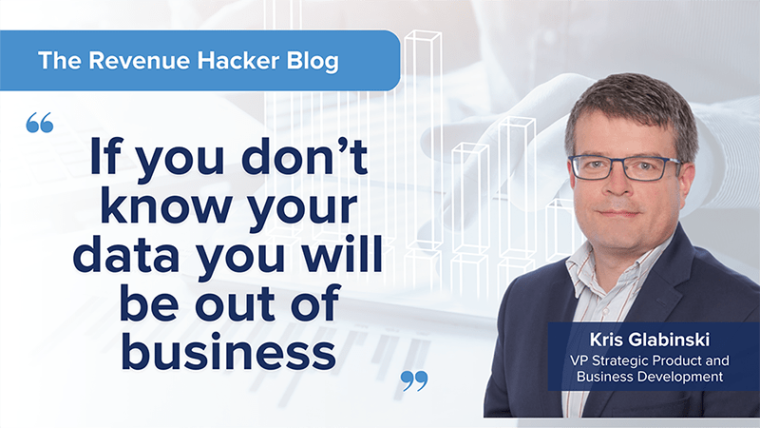In Episode 1 of The Revenue Vector, we sat down to explore one of the largest profit drivers in the modern air travel business: ancillary revenue. From baggage fees to in-flight meals, and even loyalty-based perks, these “optional” extras have evolved into a $148 billion industry for airlines alone. But the secret isn’t just in offering them — it’s in how they’re priced and presented.
Listen to the Revenue Vector Podcast here
The Structured Pricing Framework
Pricing ancillaries isn’t about guesswork — it’s about aligning costs, perceived value, and strategy in a way that feels both fair to the customer and profitable for the business. The four pillars are:
- Costs – The absolute baseline. This includes the direct expenses involved in offering the ancillary — such as the incremental fuel and admin costs for an extra legroom seat — but excludes fixed overhead like aircraft maintenance. If the seat upgrade costs the airline $10 in real terms, the price must be higher to maintain margin.
- Customer Value – This is what customers feel the upgrade is worth. For example, business travelers may be willing to pay $30–$40 for more space and productivity, while leisure travelers might cap out at $20–$25. Data-driven segmentation ensures the price sits at the sweet spot for multiple audiences.
- Reference Prices – Customers compare. They remember what they paid last time or what competitors charge. If a rival airline offers extra legroom at $29, pricing yours at $25 can create a perception of value while still delivering profit.
- Value Proposition – This is the brand alignment piece. A low-cost carrier positions ancillaries as affordable upgrades (“comfort without breaking the bank”), while a premium airline may present them as exclusive enhancements.
Example in Practice: A $25 extra legroom seat works because it clears its cost base, falls within both business and leisure traveler willingness-to-pay, beats key competitor pricing, and reinforces the airline’s promise of delivering affordable comfort.
The Psychology Behind Buying Extras
Even a perfectly priced ancillary won’t sell without understanding the human mind. Airlines use behavioral economics to nudge passengers toward saying “yes” to add-ons:
- Perceived Value – Linking the upgrade to clear, tangible benefits (“Stretch out for your journey” or “Work comfortably in-flight”) makes the price feel justified.
- Scarcity & Urgency – Limited quantity (“Only 3 seats left!”) paired with a visible countdown pushes quick decision-making, triggering fear of missing out (FOMO).
- Decision Fatigue – Too many choices can paralyze buyers. Streamlined, recommended options increase conversions.
- Anchoring – Displaying a $60 premium option beside a $25 seat makes the latter feel like a bargain by comparison.
- Social Proof – Highlighting adoption rates (“75% of passengers on this flight chose extra legroom”) builds trust and normalizes the purchase.
- Loss Aversion – Framing the decision as avoiding discomfort (“Don’t risk cramped seating”) taps into the human tendency to avoid losses.
- Gamification – Turning the purchase into a fun, interactive experience (like a “spin to win” discount) sparks impulse buys.
- Nudging – Labelling upgrades with prestige terms (“VIP comfort upgrade”) makes them aspirational.
- Hyperbolic Discounting – People prefer immediate rewards; “instant comfort” messaging capitalizes on this bias to close the sale now.
OTAs: Partners and Competitors
Online Travel Agencies like Expedia or Booking.com are both allies and rivals in the ancillary game.
- Extension – OTAs broaden reach by making ancillaries visible to a larger, often more international audience. Airlines using the New Distribution Capability (NDC) can serve personalized, real-time ancillary offers through OTA platforms with consistent pricing and visuals, increasing adoption rates.
- Competition – Many OTAs sell their own add-ons — like airport transfers or travel insurance — that may directly compete with airline products. This forces airlines to differentiate, sometimes by creating unique, high-value ancillaries like in-flight spa treatments or destination bundles that OTAs can’t easily replicate.
The smartest airlines treat OTAs as both a distribution channel and a competitive benchmark, continuously monitoring their ancillary line-up and adapting strategy to maintain an edge.
Conclusion
When businesses combine strategic pricing with psychological insight, ancillaries become a powerful revenue engine. Airlines prove that a well-priced, well-positioned extra can be as important as the main product itself. For the full deep dive — with real-world case studies and more — check out Episode 1 on Spotify.



